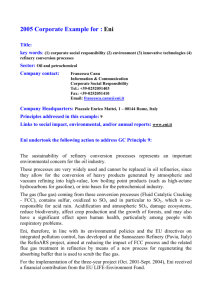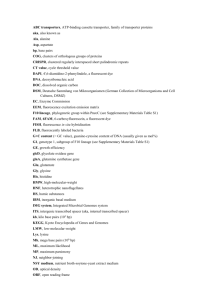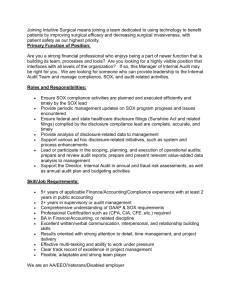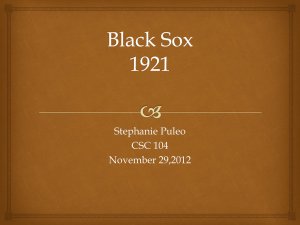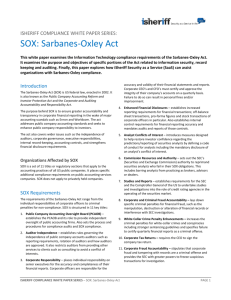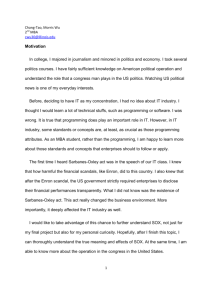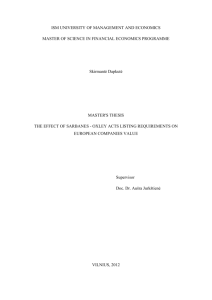Sulfur Content of Fuel
advertisement
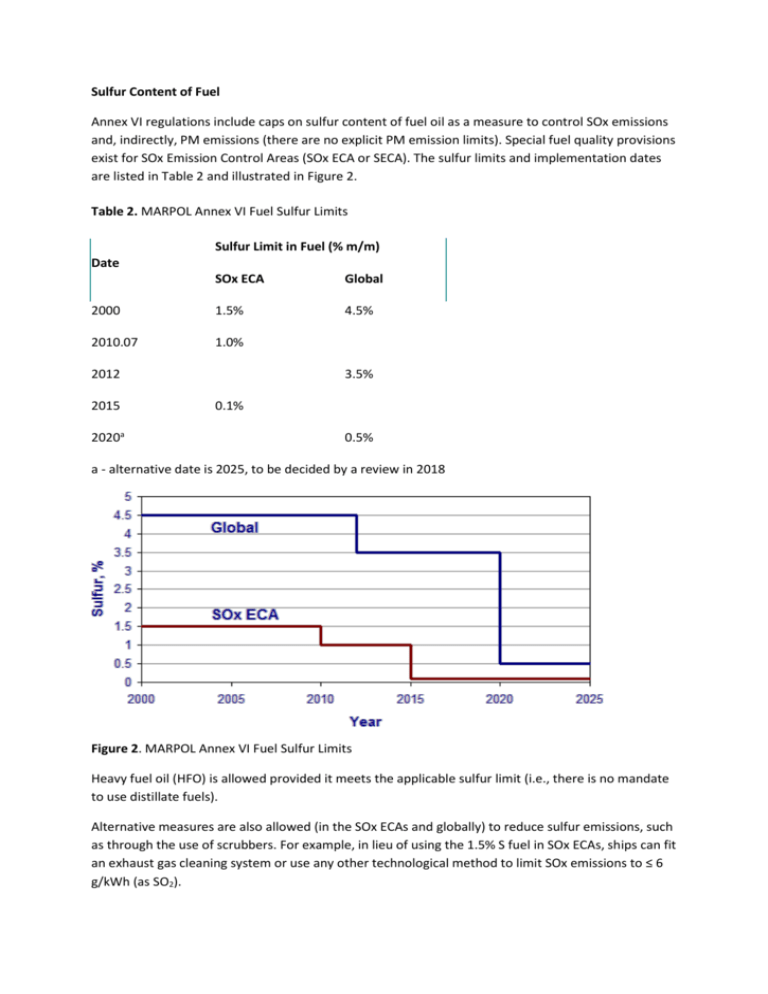
Sulfur Content of Fuel Annex VI regulations include caps on sulfur content of fuel oil as a measure to control SOx emissions and, indirectly, PM emissions (there are no explicit PM emission limits). Special fuel quality provisions exist for SOx Emission Control Areas (SOx ECA or SECA). The sulfur limits and implementation dates are listed in Table 2 and illustrated in Figure 2. Table 2. MARPOL Annex VI Fuel Sulfur Limits Sulfur Limit in Fuel (% m/m) Date SOx ECA Global 2000 1.5% 4.5% 2010.07 1.0% 2012 2015 2020a 3.5% 0.1% 0.5% a - alternative date is 2025, to be decided by a review in 2018 Figure 2. MARPOL Annex VI Fuel Sulfur Limits Heavy fuel oil (HFO) is allowed provided it meets the applicable sulfur limit (i.e., there is no mandate to use distillate fuels). Alternative measures are also allowed (in the SOx ECAs and globally) to reduce sulfur emissions, such as through the use of scrubbers. For example, in lieu of using the 1.5% S fuel in SOx ECAs, ships can fit an exhaust gas cleaning system or use any other technological method to limit SOx emissions to ≤ 6 g/kWh (as SO2). Emission Control Areas. Two sets of emission and fuel quality requirements are defined by Annex VI: (1) global requirements, and (2) more stringent requirements applicable to ships in Emission Control Areas (ECA). An Emission Control Area can be designated for SOx and PM, or NOx, or all three types of emissions from ships, subject to a proposal from a Party to Annex VI. Existing Emission Control Areas include: Baltic Sea (SOx, adopted: 1997 / entered into force: 2005) North Sea (SOx, 2005/2006) North American ECA, including most of US and Canadian coast (NOx & SOx, 2010/2012). US Caribbean ECA, including Puerto Rico and the US Virgin Islands (NOx & SOx, 2011/2014).
